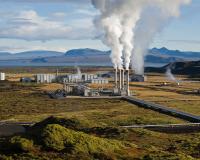
Vibrant Environment
Pollution Control
All | Biodiversity | Climate Change and Sustainability | Environmental Justice | Governance and Rule of Law | Land Use and Natural Resources | Oceans and Coasts | Pollution Control

“Not everything that can be counted counts, and not everything that counts can be counted.”—William Bruce Cameron
“Better three hours too soon than a minute too late.”—William Shakespeare

Last month, new regulations took effect in California to address one of the most serious public health risks in the United States and around the world—particle pollution. The new regulations do not address vehicles, power plants, or other sources of pollution. Instead, they aim to reduce exposure to particle pollution where it occurs most—inside buildings. Particles in outdoor air enter buildings through cracks and gaps in the building and through natural or mechanical ventilation.
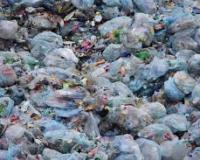
The packaging industry faces mounting shareholder and public pressure to reduce the environmental impact of plastic. The recycled plastics market in the United States is positioned for growth, but developing a reliable supply of post-consumer plastics will be costly. Reliance on export markets has limited investment in domestic recycling capacity, local collection programs vary considerably, and many consumers are ignorant about what can and cannot be recycled. The low cost of manufacturing virgin plastics compounds these challenges.
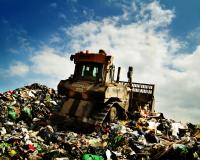
After almost getting hit by an Amazon Prime truck as I wandered around Greenwich Village, I started to look around at what was piling up in the foyers of posh condos and on the steps of the venerable brownstones. Maybe lying under these mountains of cardboard was a first edition of The Call of the Wild off eBay, but I doubted it.
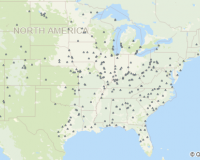
Although it may not be a trending cocktail party topic, coal ash compliance activities are certainly well-known in the legal and environmental risk management community. Billions of dollars are at stake for the owners and operators of coal power plants impacted by the 2015 Disposal of Coal Combustion Residuals (CCR) rule.
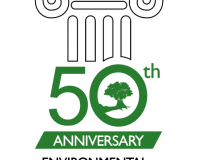
My initial thought about this blog was to address a technical chemical regulatory topic, something like “why did it take 40 years for environmental regulators to figure out that perfluorinated compounds contaminate groundwater and don’t degrade over time?” However, this is ELI’s 50th anniversary year, and so I shall talk instead about the work I did over the course of about 15 years with ELI to address chemical regulatory and hazardous waste strategies both in the United States and abroad.

The public health dangers posed by lead exposure have been recognized and documented since the mid-20th century. Despite the pervasiveness of lead-based paint in buildings, including homes and schools, experience has shown that laws can effectively address the issue by phasing out lead paint.

The Gulf Coast region historically is known for producing more seafood than anywhere else in the continental U.S., both in volume and dollar value. However, since Hurricane Katrina in 2005 and the Deepwater Horizon oil spill in April 2010, fishing communities along the coast who depend upon healthy and vibrant marine habitats have experienced significant financial instability.
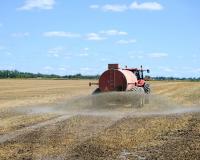
Present-day food consumption relies on high-yielding crops, and these high-yielding crops rely on nitrogen to be able to deliver 40-60% of the world’s food supply. Typically, synthetic nitrogen is provided to crops through the use of fertilizers. In 2015, an estimated 3.54 billion people were fed by synthetic nitrogen fertilizers.

First plastic bags, then straws, and now . . . miniature toiletries.
In a world where half the plastic produced globally is packaging we use just once, and only nine percent of all plastic is recycled, a consumer tide against single-use plastics is sweeping up grocery retailers, restaurants, and now the hospitality industry.